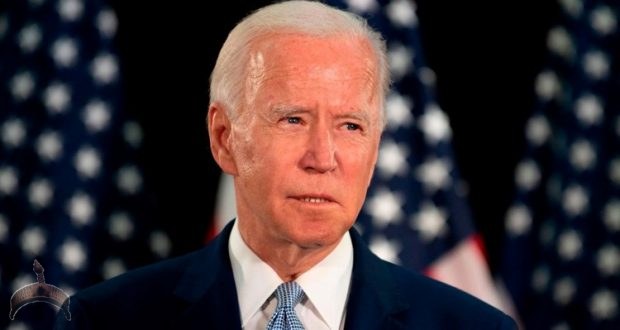Late on Thursday, the United States airstrike targeted the facilities allegedly belonging to Iran-backed militia in Syria near the Iraqi border, according to the reports by U.S. media.
The U.S. reportedly carried out one strike, and no coalition forces took part in this action.
The Associated Press reported:
“I’m confident in the target that we went after, we know what we hit,” Defense Secretary Lloyd Austin told reporters flying with him from California to Washington. Speaking shortly after the airstrikes, he added, “We’re confident that that target was being used by the same Shia militants that conducted the strikes,” referring to a Feb. 15 rocket attack in northern Iraq that killed one civilian contractor and wounded a U.S. service member and other coalition personnel.
Austin said he recommended the action to Biden.
“We said a number of times that we will respond on our timeline,” Austin said. “We wanted to be sure of the connectivity and we wanted to be sure that we had the right targets.”
Earlier, Pentagon spokesman John Kirby said the U.S. action was a “proportionate military response” taken together with diplomatic measures, including consultation with coalition partners.
“The operation sends an unambiguous message: President Biden will act to protect American and coalition personnel,” Kirby said. “At the same time, we have acted in a deliberate manner that aims to deescalate the overall situation in eastern Syria and Iraq.”
Kirby said the U.S. airstrikes “destroyed multiple facilities at a border control point used by a number of Iranian- backed militant groups,” including Kataib Hezbollah and Kataib Sayyid al-Shuhada. The U.S. has blamed Kataib Hezbollah for numerous attacks targeting U.S. personnel and interests in Iraq in the past.
The reported airstrike, which was ordered by President Joe Biden, was an apparent response to rocket attacks against U.S. targets in Iraq. The recent attacks at U.S. troops allegedly linked to Iran-backed militia groups targeted coalition forces outside Irbil International Airport, Balad Air Base, and the U.S. Embassy in Baghdad, inside the Green Zone, killing at least one U.S. military contractor.
There was no information about this accident or any damage caused by the strike from official Damascus or Tehran.
The move was limited in scope, potentially aimed in lowering the risk of escalation. Apparently, this was an act of intimidation, aimed not only at inflicting damage on the enemy, but also at fulfilling political goals.
It is likely that Biden agreed with his Defense Secretary to carry out the strikes in order to send a strong signal to thwart Iran ahead of the discussion of the latest reports on Iranian nuclear program by the International Atomic Energy Agency’s board of governors next week in Vienna. It is expected that the proposed resolution would “underscore strong concern at the IAEA’s findings” and “express the board’s deepening concern with respect to Iran’s cooperation.”
 Ọmọ Oòduà Naija Gist | News From Nigeria | Entertainment gist Nigeria|Networking|News.. Visit for Nigeria breaking news , Nigerian Movies , Naija music , Jobs In Nigeria , Naija News , Nollywood, Gist and more
Ọmọ Oòduà Naija Gist | News From Nigeria | Entertainment gist Nigeria|Networking|News.. Visit for Nigeria breaking news , Nigerian Movies , Naija music , Jobs In Nigeria , Naija News , Nollywood, Gist and more









